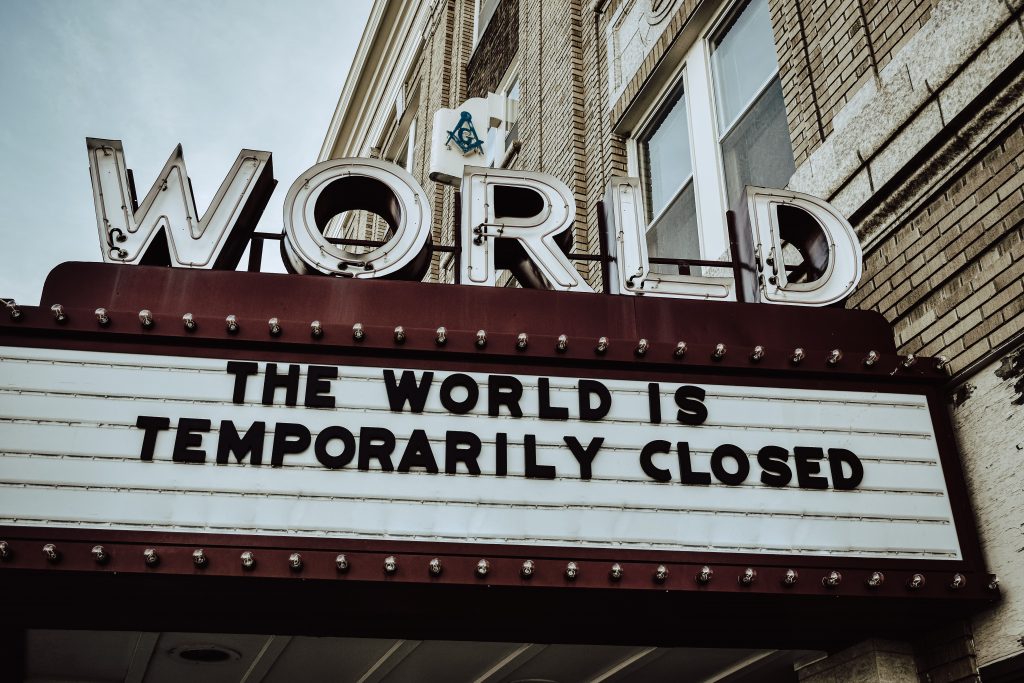This post originally appeared on Root Realty’s Blog and is republished with permission. Find out how to syndicate your content with theBrokerList.
 Last March, much of the country shut down, as we were all called upon to stay at home and stop the spread of coronavirus. Some people were fortunate enough to be able to work from home, but many had their hours cut, while others were temporarily furloughed, or simply lost their jobs entirely. Now, a year later, a number of those businesses have reopened, but some have not—and some have had to close their doors permanently.
Last March, much of the country shut down, as we were all called upon to stay at home and stop the spread of coronavirus. Some people were fortunate enough to be able to work from home, but many had their hours cut, while others were temporarily furloughed, or simply lost their jobs entirely. Now, a year later, a number of those businesses have reopened, but some have not—and some have had to close their doors permanently.
The major downfall is that a lot of people now find themselves out of work or without reliable income. The stimulus checks issued have been helpful, but not nearly enough to cover a year’s worth of rent, in any facility. So how has COVID impacted renters? Here’s what’s happening.
Falling Rents and Rising Vacancies
A number of big cities have seen falling rent prices in response to COVID. Since March, rents in San Francisco have dropped 21%, while Los Angeles has dropped 18%, and New York City has gone down 15%. Other cities, including Boston, Minneapolis, and Washington D.C. have gone down as well.
Unfortunately, for many, it’s still not enough. In particularly expensive cities, like Los Angeles and San Francisco, renters are simply packing up and leaving, for other states with a lower cost of living. As a result, some cities are seeing a significant rise in apartment vacancies.
Eviction Moratoriums
A number of states have issued moratoriums on evictions, to accommodate renters whose income has been impacted by COVID. That is, even if they’re delinquent in their payments, renters cannot be evicted by their landlords for a certain period of time, due to the state of emergency.
Some states have specific criteria that must be met, in order to qualify—in particular, maximum income levels that the renters aren’t allowed to exceed. Most of them also specify an end date to the moratorium, though as the virus continues to drag on, those dates are often being extended.
A few states, including Maryland and Montana, have enacted a blanket moratorium that will continue until the end of the emergency. Vermont’s moratorium extends for 30 days after the end of the emergency, while New Jersey’s extends for two months after.
Other states with rent moratoriums currently in effect are:
- California
- Connecticut
- Delaware
- Hawaii
- Illinois
- Kansas
- Minnesota
- Nevada
- New Mexico
- New York
- North Carolina
- Oregon
- Washington
- Washington D.C.
A number of states have also issued holds on utility shutoffs, for renters and homeowners who are unable to pay their water, gas, and electric bills.
Even if you don’t live in one of those states, however, there’s good news. In September of last year, a federal order to halt evictions went into place. It’s currently valid until the end of March, though it’s already been extended once and may be extended again.
Note, though, that this order doesn’t cover everyone. First, you must have an income of under $99,000 (or for couples, a joint income under $198,000). Second, you must be able to demonstrate that you’ve lost substantial income and are unable to make full rent payments. Third, you must make your best effort to make at least partial rent payments in a timely manner.
With vaccines being rolled out, hopefully we’re in the home stretch as far as COVID goes. Soon, people will be able to go back to work and make a regular income again—which will in turn allow them to live and pay rent as before. Until then, however, know that you do have options. If you’re suffering hardship, you don’t have to be evicted. These are difficult times, to be sure. Even so, there’s always help and resources available within every state to help renters during these hardships.
The post How Has COVID Impacted Rental Housing? appeared first on Root Realty.
Photo by Edwin Hooper on Unsplash



